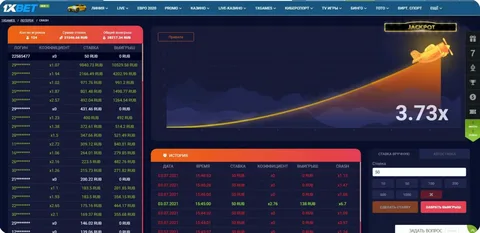Crypto crash games have become a popular form of online entertainment and gambling, attracting millions of players worldwide. But what exactly makes these games so addictive? To understand this phenomenon, we need to explore the psychology behind crypto crash games – why we can’t stop playing.
What Are Crypto Crash Games?
Crypto crash games are fast-paced betting games where players place bets on a rising multiplier that can “crash” at any unpredictable moment. The goal is to cash out before the crash to maximize winnings. The combination of suspense, potential for big rewards, and quick gameplay makes these games particularly compelling.
The Thrill of Uncertainty and Risk
One of the main psychological drivers in the psychology behind crypto crash games – why we can’t stop playing is the thrill of uncertainty. The unpredictable timing of the crash triggers a natural adrenaline response, stimulating excitement and anticipation. This rush often leads players to chase losses or attempt to time the perfect cash-out, reinforcing repetitive play.
The Role of Near Misses and Variable Rewards
Similar to traditional slot machines, crypto crash games exploit the brain’s response to near misses and variable reward schedules. When players come close to winning big but just miss out, the brain releases dopamine, the neurotransmitter linked to pleasure and reward. This dopamine release makes players want to try again, fueling the addictive cycle.
Social Proof and Community Influence
Another aspect of the psychology behind crypto crash games – why we can’t stop playing is the social element. Many platforms display real-time player bets and winnings, creating a sense of community and competition. Seeing others win big encourages risk-taking and keeps players engaged longer than they might otherwise.
Conclusion: Understanding Addiction in Crypto Crash Games
By understanding the psychology behind crypto crash games – why we can’t stop playing, we can better recognize the addictive qualities of these games. Their blend of uncertainty, variable rewards, and social reinforcement creates a powerful cocktail that keeps players coming back for more. Awareness is key to enjoying these games responsibly and knowing when to step away.


